Birding Basics: A Beginner’s Guide to Birding As A Hobby
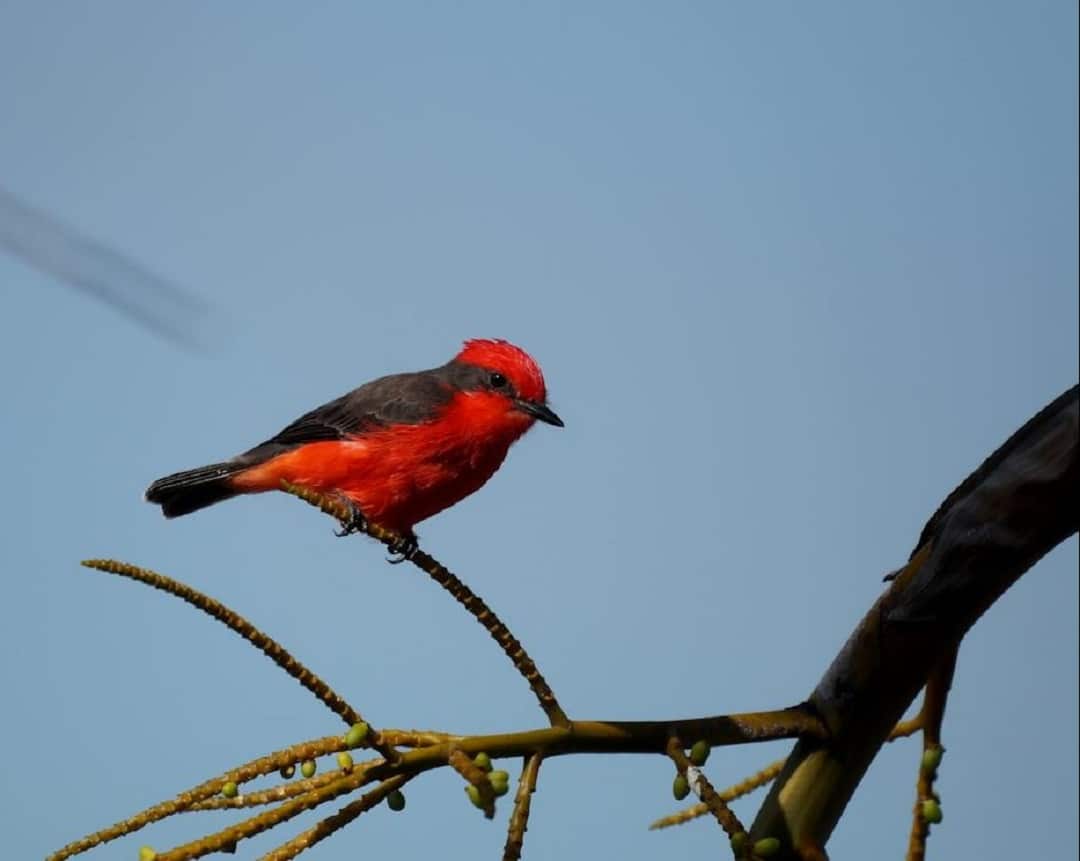
Picture this: You’re standing in the midst of a forest, the crisp morning air filling your lungs as the sun’s first rays pierce through the trees. As you gaze through your binoculars, a flash of vibrant colors catches your eye, and your heart skips a beat. You’ve just spotted a rare warbler, a fleeting jewel of the avian world, and in that moment, you’re no longer just a spectator in nature’s grand theater; you’ve become a birdwatcher; a storyteller. Join me, as I introduce you to the world of birdwatching with this guide to birding as a hobby.
I started birding in 2009 after watching my mother do it for many years before that. I have since traveled all over the world and almost always include bird watching as part of my travels. I have seen 1019 species of birds in 14 countries around the world. The joy of discovery is what fuels my passion for birding as a hobby.
Do I remember every species? No. Am I an expert? No. But I have learned many things over the years and want to share them with you as you get started with birding as a hobby.
Disclaimer: This post may include affiliate links. If you click one of them, I may receive a small commission at no extra cost to you.
Vermilion Flycatcher – My 1000th bird!
What is Birding?
Starting birding as a hobby is a rewarding pursuit, centered around observing and identifying birds in their natural habitats. It’s not just about spotting birds; it’s about connecting with nature, appreciating biodiversity, and sharpening your observational skills. Birders often find themselves exploring diverse ecosystems, from lush forests to serene wetlands and urban parks, all in pursuit of feathered creatures.
Beyond the sheer joy of discovering new species and observing their behaviors, birding as a hobby offers a multitude of health benefits. Spending time outdoors while birding can reduce stress, boost mental well-being, and provide a sense of tranquility.
It encourages physical activity as you hike, walk, or trek in search of our feathered friends. Additionally, the practice of mindfulness inherent in birding can help sharpen your focus, improve patience, and foster a deeper connection with the outdoor world, making it a hobby that enriches both body and soul.
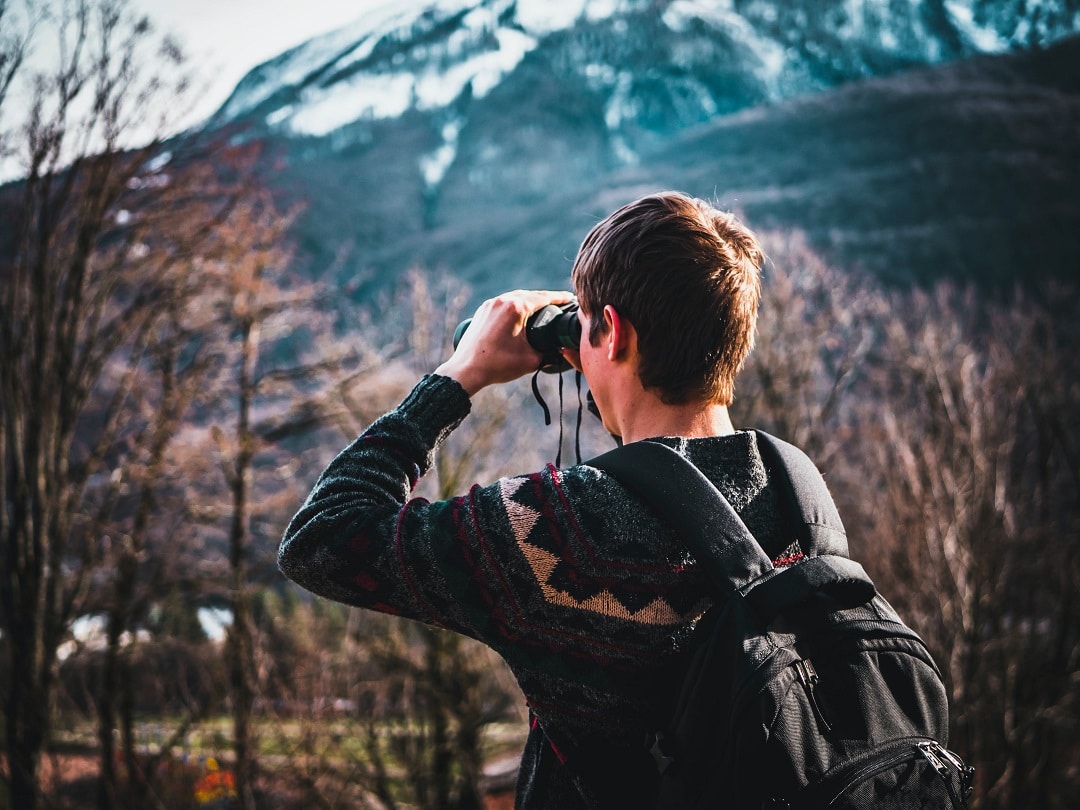
Essential Equipment
Binoculars
The key to starting birding as a hobby is the right equipment.
A good pair of binoculars is crucial. They magnify distant birds, allowing you to see intricate details and colors. Opt for binoculars with a comfortable grip and decent magnification, which strikes a balance between zoom and portability.
The magnification is made up of two components (IE: 8X42):
Magnification (the first number): In this example, “8x” indicates the magnification power. It tells you how many times closer the object you’re observing will appear compared to viewing it with the naked eye. So, with 8x magnification, objects will appear eight times larger and closer than they would without binoculars.
Objective lens diameter (the second number): The “42” represents the diameter of the objective lenses in millimeters. The objective lenses are the larger lenses at the front of the binoculars that gather and transmit light to your eyes. A larger objective lens diameter allows more light to enter the binoculars, resulting in a brighter image, especially in low-light conditions.
My recommendation when getting a new pair of binoculars is to get the magnification of at least 8X42.
These are my favorite brands that I highly recommend:
Vortex Optics Diamondback HD Binoculars 10X42
Nikon Monarch M5 8X42 Binoculars
Celestron – Nature DX 8×42 Binoculars
Swarovski 8.5X42 EL Binoculars
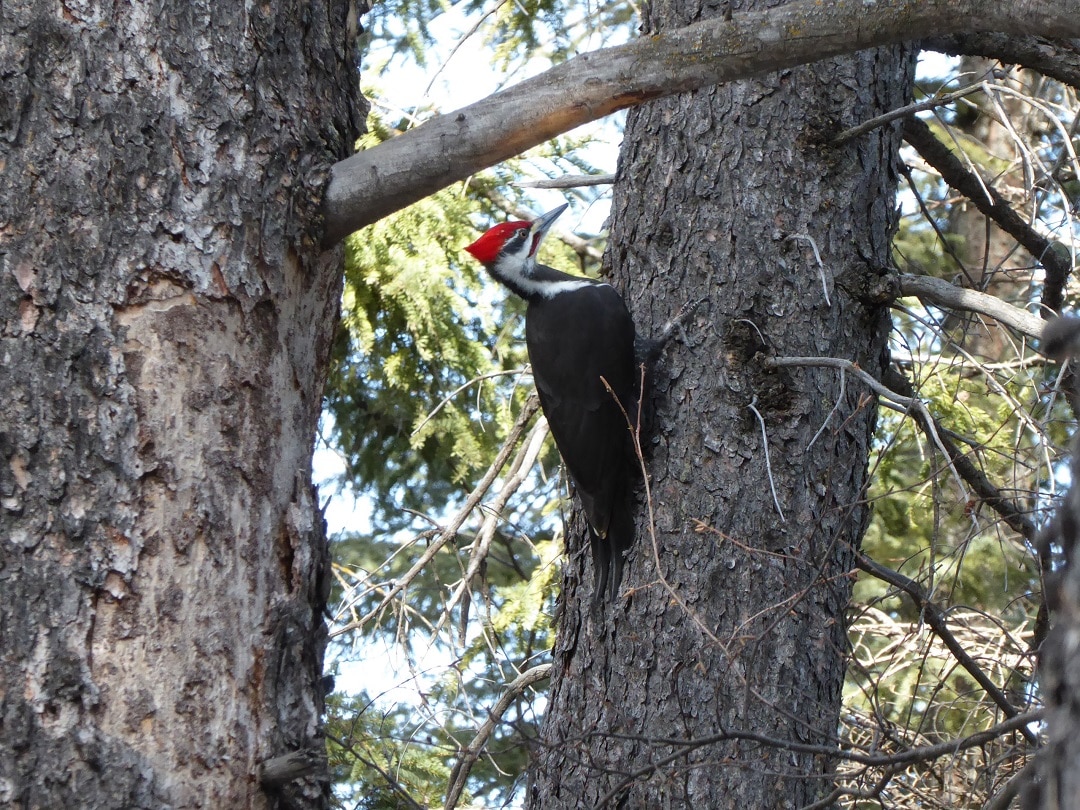
Field Guides
Your best friend as you start birding as a hobby and throughout time, is having field guides.
These handy books are packed with colorful illustrations, detailed descriptions, and range maps that help you identify and learn about the birds you encounter. They’re organized by species, making it easy to look up birds based on their physical characteristics or habitat. Field guides tailored to your region provide relevant information about the local bird species you’re likely to encounter. Whether you’re a novice or a seasoned birder, a good field guide is an essential tool!
My two highly recommended field guide books are:
National Geographic Field Guide to the Birds of North America – hands down my favorite book that I have used for years and always take with me.
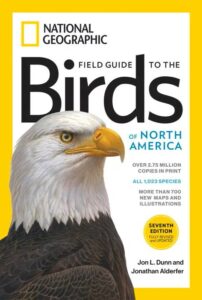
Peterson Field Guide To Birds Of North America – my mom’s favorite field guide for when out birding and my second favorite
Birding Apps
In the world of technology, these days you may not need a book, and get all the information you need via a birding app. These are the ones that I have and recommend using:
Audubon – great for identifying birds when out in the field
Merlin – best for identifying the calls you hear (I love this app!)
eBird – keeping lists of birds you see all over the world as well as research on species and where to find them, amongst many more things
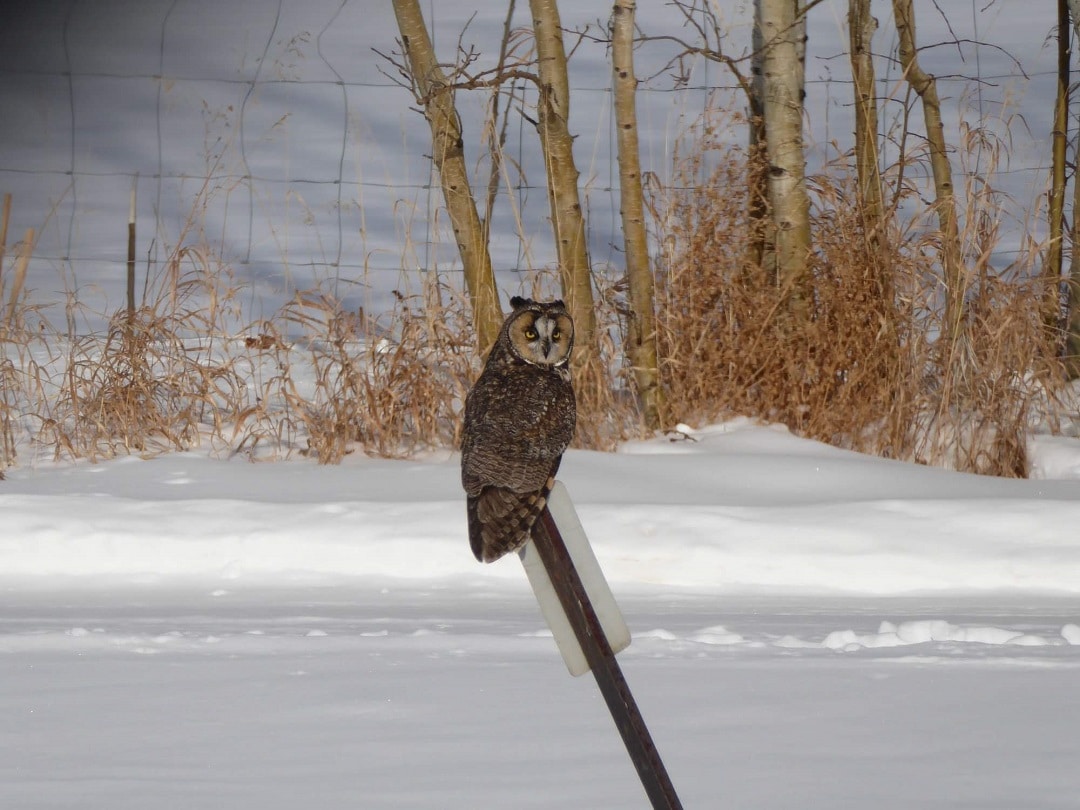
Clothing & Gear
Anytime you are outdoors, you want to dress accordingly for the weather. This includes long pants, long shirts and/or jackets, hats, closed toed shoes. Protect yourself with sunscreen and make sure you have bug spray.
There is a lot of similarities between birding and hiking when it comes to what to do and wear. This post on hiking for beginners has great information on things you should have when outdoors, that also can apply when embarking on birding as a hobby.
Camera
Taking photographs of the birds you see is a great way to capture memories and document your findings. If you are looking to take up photography as a hobby then you check out this post on cameras for bird photography.
Finding the Right Spot
Selecting the right birding locations is crucial for a fulfilling experience as you start birdwatching as a hobby. Local parks, nature reserves, wetlands, and other natural areas each offer their own unique ecosystems and opportunities for observation. Local parks are excellent starting points for beginners, often providing a variety of common bird species and easy access.
Nature reserves and protected areas offer the chance to encounter rarer and more diverse birdlife while immersing you in pristine wilderness. Wetlands are hotspots for waterfowl and wading birds, making them ideal for observing aquatic species.
Research popular birding hotspots in your region or country. These areas are known for their high bird diversity and are excellent destinations for bird-watching trips.
Joining local birding groups or clubs can be a great way to discover new birding spots. Experienced birders often share their knowledge and favorite locations with newcomers.
Don’t underestimate the birding potential of your own backyard. By adding bird feeders, bird baths, and native plants, you can create a bird-friendly environment that attracts various species.
One of my favorite things to do in the winter is to go driving in the country and look for winter species that come down from the far north as well as owls.
Don’t forget to consider the season, as different areas may attract different birds during migration or breeding seasons.
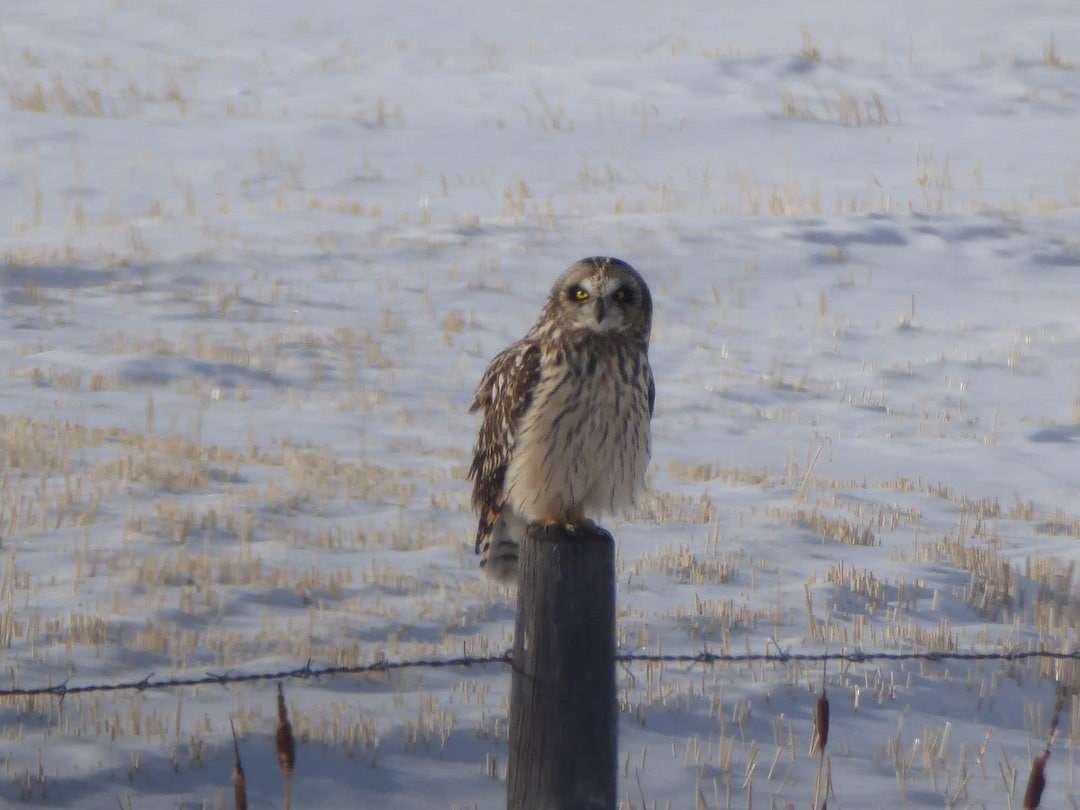
Best Times to Start Birding As A Hobby
Understanding the optimal times of day and seasons to start birding as a hobby can significantly enhance your bird watching experiences.
Early mornings are often the best time for birding. Many birds are active during dawn, singing and foraging for food. The air is cooler, and the light is soft, making it ideal for observation.
Late afternoons can also be productive for birding. Birds are active again before sunset, and you may catch them preparing to roost for the night.
Different seasons bring different species. Some birds are more visible during the breeding season, while others are easier to spot in the winter. Familiarize yourself with the seasonal patterns of bird activity in your region.
Spring and fall are migration seasons, bringing a flurry of activity as birds journey to and from their breeding grounds. Summer is excellent for witnessing nesting and fledging behaviors, while winter can reveal cold-hardy species and migrants seeking refuge in more temperate regions.
TIP: Start birding in winter. It may be less overwhelming because it is easier to see the birds if you live in an area that experiences drastic changes in the winter. I started birding in the winter and it was a great way to get into birding before the craziness of spring arrives when there are alot more birds to see and identify.
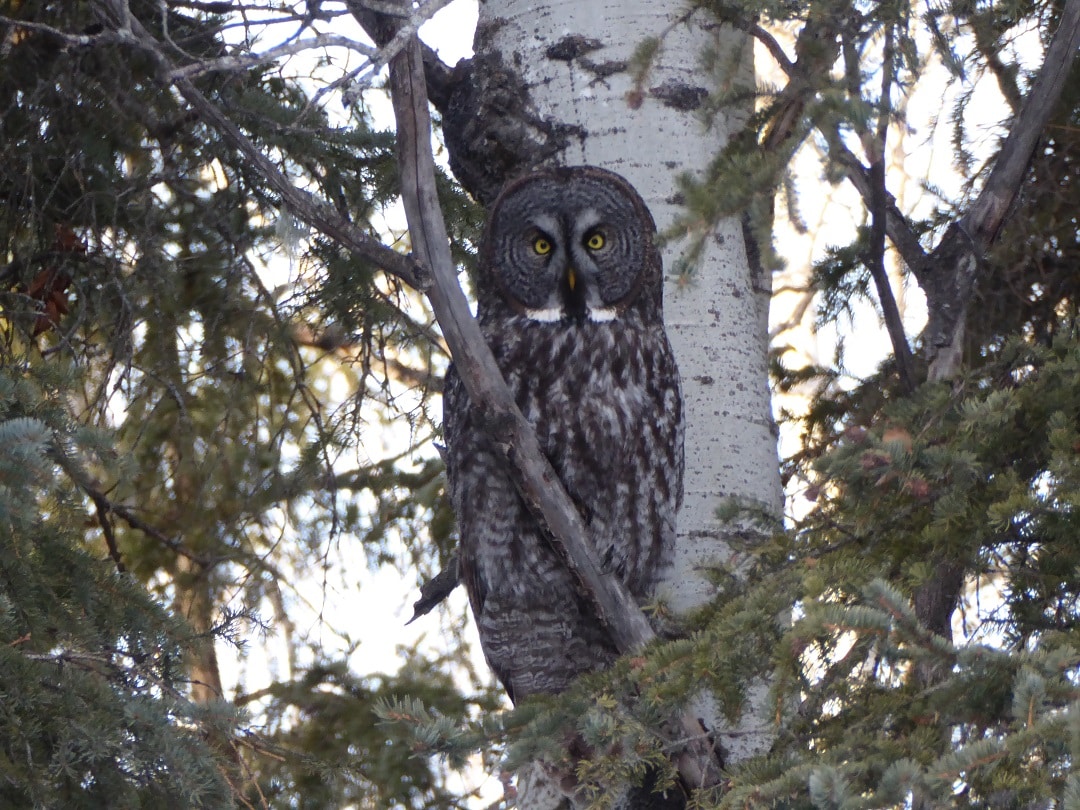
Tips For Recognizing And Identifying Birds
- Observe Field Marks: Pay attention to key field marks such as size, color patterns, beak shape, and distinctive markings. These characteristics can be crucial for narrowing down potential species.
- Listen Closely: Bird songs and calls are often distinctive and can provide critical clues for identification. Familiarize yourself with the vocalizations of local species. TIP: Use the Merlin app to record the calls you hear and it often will identify the species. (NOTE: there can always be errors).
- Study Field Guides: Consult field guides specific to your region to compare the birds you encounter with illustrations and descriptions. Look for guides with range maps to confirm species’ presence in your area. TIP: If possible, snap a picture of the bird so you can compare it later in the books.
- Note Behavior: Take note of the bird’s behavior, such as feeding habits, flight patterns, and interactions with other birds. Behavior can offer valuable insights.
- Habitat Matters: Consider the habitat where you’re birdwatching, as different species prefer different environments. Knowing where a bird is typically found can be a significant clue.
- Practice Patience: Bird identification can be challenging, and it’s okay not to identify every bird you see immediately. Patience and practice are key to improving your skills.
- Join Birding Groups: Birding with experienced birdwatchers or joining local birding clubs can provide valuable guidance and opportunities to learn from others.
- Keep Records: Maintain a birding journal or use a smartphone app like eBird to record your observations, including date, location, and any distinguishing features. This can be a valuable reference over time.
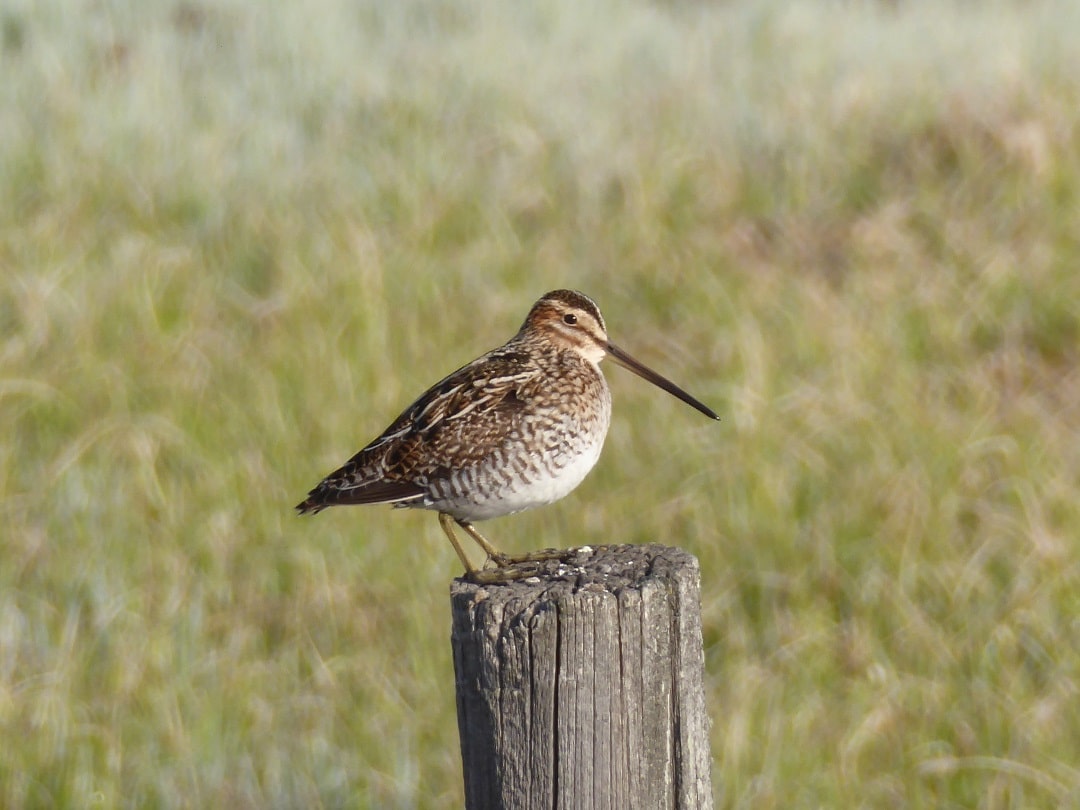
Tips When Outdoors
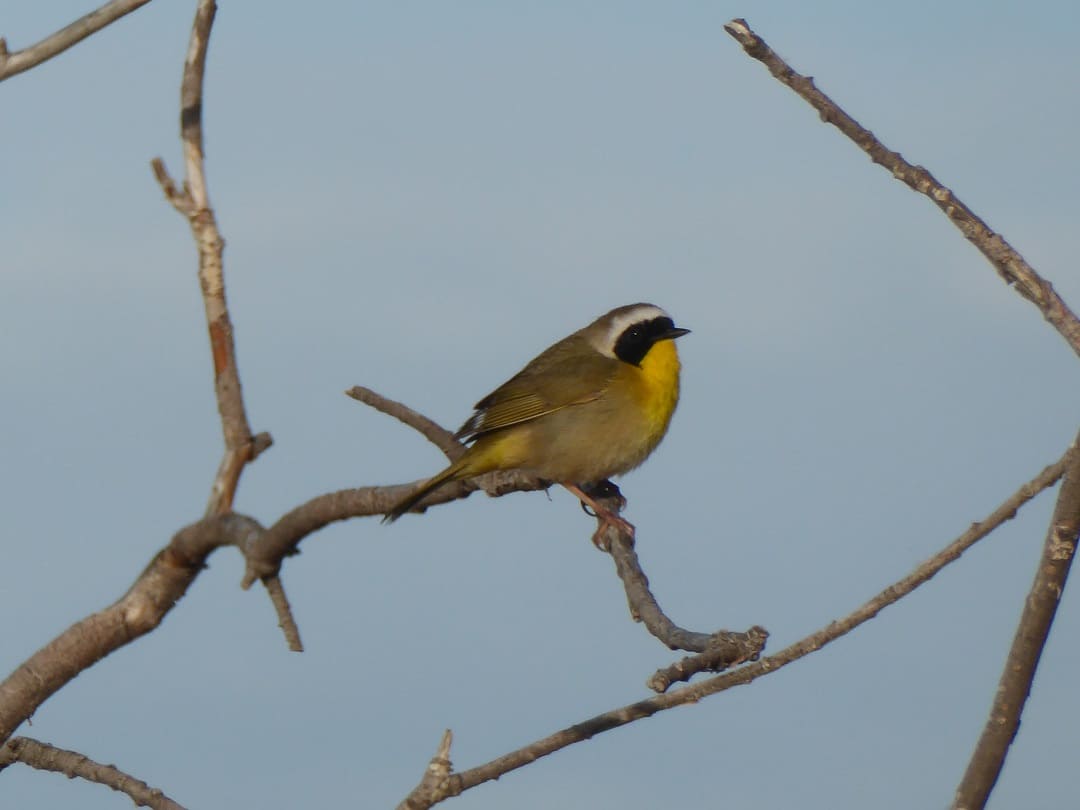
The Joys of Birding
Learing about birding as a hobby offers a tranquil escape from the hustle and bustle of daily life, providing stress relief and fostering a profound connection to nature. The act of quietly observing birds in their natural habitats encourages mindfulness as you tune in to the sights and sounds of the wilderness.
Birdwatching is an adventure filled with the thrill of discovery. There’s an undeniable excitement that rushes through a birder’s veins when they spot a rare or unusual bird. Whether it’s a brightly colored warbler seldom seen in your region or a majestic raptor soaring overhead, each sighting is a moment of exhilaration and a testament to the unpredictability and wonder of the natural world.
Birders play a crucial role in supporting conservation efforts worldwide. By recording bird sightings, reporting unusual sightings or bird behavior, and participating in citizen science programs, birdwatchers provide valuable data that aids researchers in understanding bird populations and their habitats. This information is instrumental in guiding conservation strategies and protecting vulnerable species.
Birding as a hobby is an invitation to explore, learn, and contribute to the natural world. Whether you’re drawn by the allure of rare sightings or the peace of nature, birding as a hobby offers a rewarding experience for all. So why not spread your wings and give bird watching a try? Grab a pair of binoculars, a field guide, and head to your local park or nature reserve. You’ll be amazed at the world of wonder that awaits you.
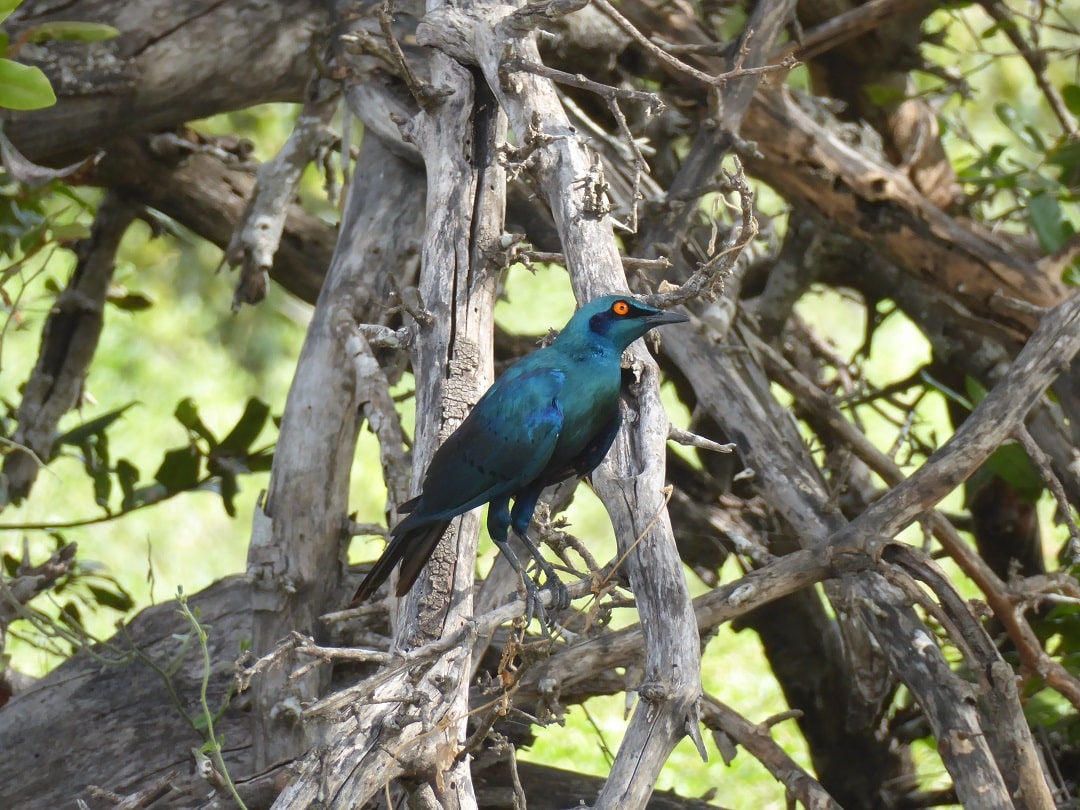
Additional Resources:
The Cornell Lab of Ornithology: A renowned source for bird information, including bird ID tools and educational materials.
American Birding Association: An organization that promotes birding and bird conservation, offering resources, events, and a community of birders.
National Audubon Society: A nonprofit dedicated to the protection of birds and their habitats, with information on birding, conservation, and advocacy.
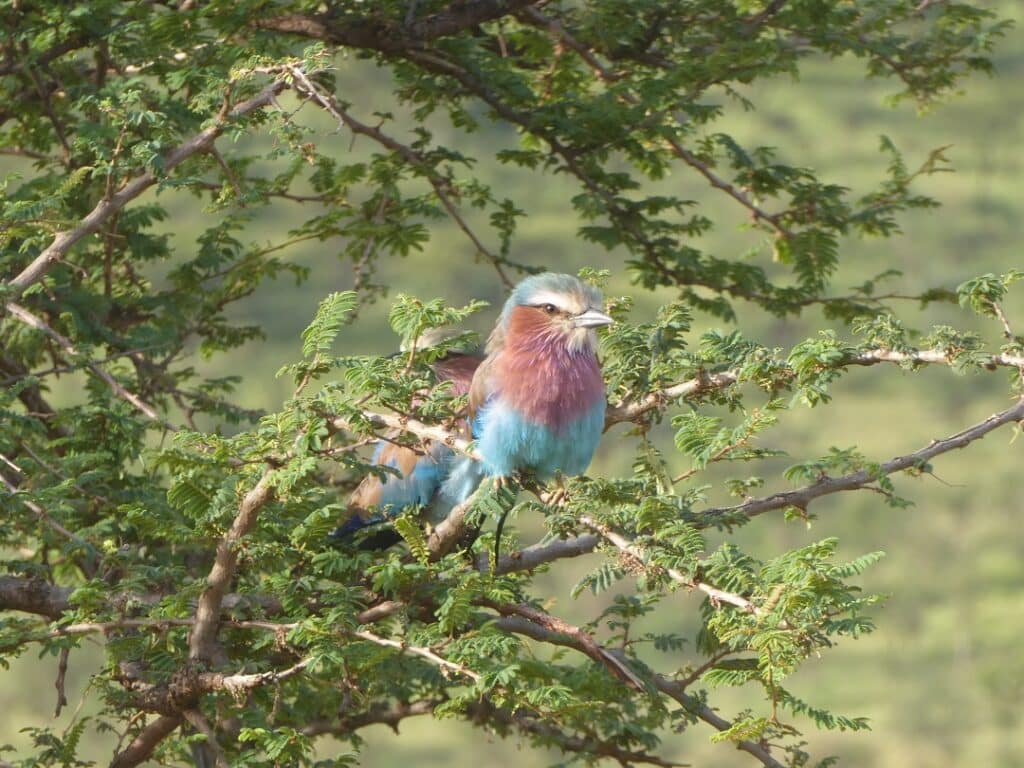
Have you had a memorable bird-watching experience or have questions about getting started? I would love to hear from you. Please feel free to share your comments, questions, or feedback below and subscribe to my newsletter for tips, stories and inspiration. Happy birding!


